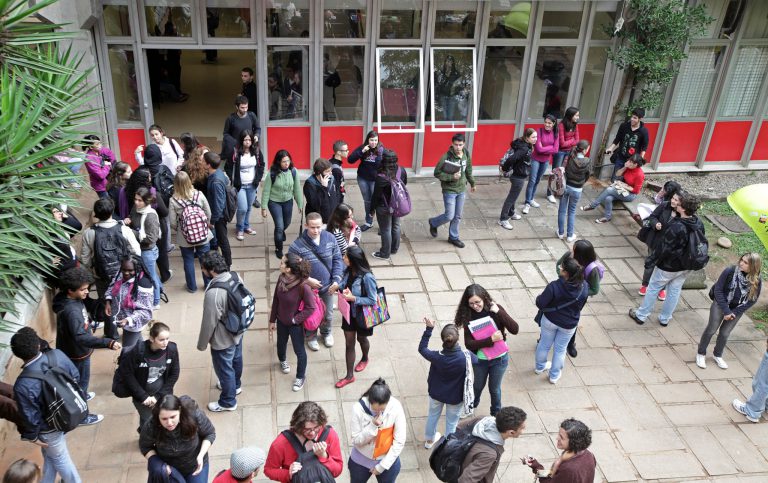
International students are a huge financial benefit for universities, while providing a major source of campus diversity and contributing to their host countries in many different ways.
In our globalized economy and education system, international students are increasingly vital for the growth and success of colleges and universities around the world. so how, then, can one country fight to reverse a drop in international enrolment numbers?
Australia, historically a top destination for students –particularly those from Asia – looking to pursue their studies abroad, has seen its international student numbers drop significantly over the last few years. Though international enrolment numbers did increase in the past year, they have seen an overall decrease of 6.5 percent since 2009, with overseas vocational education and training enrolments dropping by a startling 28 percent in the same time period.
Concerned about these numbers, Australian lawmakers are taking steps to make the country more attractive to global students once again, including improving access to affordable housing and transportation, as well as potentially updating visa policies.
According to a government review of the country’s $16 billion education sector, the value of that sector could double to nearly $30 billion by 2020, representing an enormous potential benefit for the Australian economy.
Yet international students are feeling increasingly alienated from one of the world’ most expensive countries, complaining that they are treated like “cash cows” because they must pay more than local students for important services like transportation.
Currently, half of Australia’s international students come from just five countries, all of them in the Asia-Pacific region: China, India, Vietnam, South Korea and Thailand. While the government encourages local higher education providers to continue building on those strong historic relationships, it is also recommending that they look to expand their reach into other regions, particularly Latin America and the Middle East, while demand is high.
“Maintaining quality in our institutions, marketing effectively and welcoming students from diverse locations are key,” said Education Minister Christopher Pyne.
The government review concluded that many Latin American countries are actively encouraging their top students to seek international degrees in order to more quickly solve skills shortages in those countries. In addition, a growing middle class in countries like Brazil, Colombia and Peru has meant more students have the means to pursue their studies abroad in countries that were once financially off-limits to them.
Currently, the biggest source country for international students in Australia outside of the Asian region is Brazil, which has 22,000 students pursuing studies in the country. This number pales in comparison, though, to the 150,000 students in Australia that come from China and the 63,000 international students from India.
To encourage increased enrolment by students from strategic new areas, including Latin America, the Middle East and Africa, the Australian government plans to sign bilateral education agreements with governments from these regions and increase scholarships offered to students coming from these areas.
The federal government has called on state governments to find ways to make transportation – one of the biggest expenses for students – more affordable for those coming from other countries. It is also exploring options to make affordable housing more accessible to international students, after a 2013 study found that only 51 percent of international students in Australia were satisfied with the cost of their housing.
Liked this? You’ll love these…
Why treat international students in the UK like they’re on parole?







